The Brown Hotel – Springer, New Mexico
My feet thrust to the bottom of the bed in choreographed unison with arms yanking the comforter to nose hair level. The inexpensive hotel sheets are rough; chewed from the passage of a multitude of feet sliding across the surface. I like the way they feel. Without cell phone service, the hotel has my full attention. I’m alone to savor it and can’t suppress a clipped squeal as a mournful whistle from the wind’s turn of the sharp corner of the old building, calls out the storm. A hand shoots out and flicks off the old lantern. As the dark tucks around I’m reminded for the first time in a long time of childhood stay-overs with Loretta Branton. In a tiny clapboard house whose roof was hardly wide enough to cover the heads of everyone inside, we’d settle down under a pile of quilts in the thin light of an early winter night. The sheets were pebbly from the friction of feet over coarse woven cotton and harmless leftover sand from an occasional unwashed foot. I’d sink into that fat bed, flat on my back, arms straight, trying hard to not take up too much space from my tiny friend and a sister or two stacked beside us. Laughter and some shuffling for position soon brought soft sounds of rhythmic breath and my conscious contentedness was alone in the room. Between that forlorn but comforting wail of the wind and the erratic crash of a piece of displaced tin roof, my mind wallowed in the joy always present in that house, and the lingering taste of raisin pie.
Loretta had a slew of siblings and the abundance of personalities was equally offset by the lack of money. My own home wasn’t exactly plush – we didn’t have an indoor bathroom until I was 12. But there were fewer of us and so it always seemed a bit more towards the upper end of the impoverished scale. I don’t recall much about Loretta’s Dad but I remember her mother well. She was always in the kitchen when I arrived. And come to think of it, in the kitchen when we went to bed. But despite the crowd, I’ve never been in a house so thunderously peaceful. Her secret as I’ve considered it over the years, had to have been the raisin pie. I’d never tasted one and a moment of lifelong eureka and wistful longing resulted from that first bite. Between a substantial double crust that melted in your mouth in glorious stages – first a savory velvet sand, then dissolving even as you fought with your tongue to contain and coax it to stay ’round, the raisins were fat as grapes, though with more give, and suspended in a thick chestnut tinted goo. There were platelets on the bottom crust from the goo that coupled with the pan on the other side of the pie shell. Those prized bits were magic – the collision of molten sugar and crackling crust. Loretta told me her mother made several a week. I wanted to move in.
On a road trip, staying in some sort of motel/hotel is part of the adventure. It’s not the same as staying at Grandma’s, or better yet, Loretta’s house. Besides, staying at Loretta’s was the experience it was because Loretta was there. And of course her mother’s raisin pies. But an old hotel is as close as I can get today to the experience that thrilled me as a kid. They’re interesting and fun and the always friendly sometimes odd-turned proprietors are attempting to preserve something old and grand. It’s impossible to walk one of the creaking hallways and not get lost in thoughts of the early travelers – the grandeur of anything that wasn’t their own drafty bedroom, something large and with all those rooms had to sweep away their imaginations and fuel the thrill of travel for them. When I stay in Yellowstone’s Mammoth Hotel or Old Faithful Inn, I choose the oldest rooms for this reason and stay at any old hotel along a road trip journey – they fuel my imagination too.
Built in 1922, The Brown Hotel has 11 rooms available for rent. The sheets are not high thread count Egyptian cotton, the comforter isn’t down, clothes hangers are thin wire – the ones of your youth, the towels from Wal-Mart. Wind whistles around the eaves, the gas radiator chugs, and the sink with its separate hot and cold spigots presents the dilemma of how to get the right mix in your hand with which to splash your face. All for $54.91 including tax and a breakfast so good I’d just as soon keep that to myself (the Huevos Rancheros!).
They did what they could in those days with bare lightbulbs.
Floorboards creak and groan all night. But the winter storm bearing down swung around the eaves of this old place in such a fashion as to create the whistle and moan of the wind of my youth.
The Brown Hotel & Cafe
(575) 483-2269
302 Maxwell Avenue
Springer, New Mexico
Who has a recipe for raisin pie?

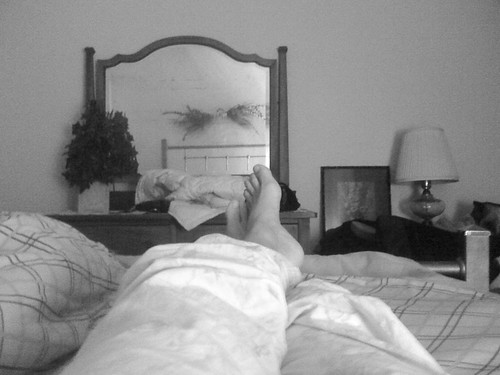
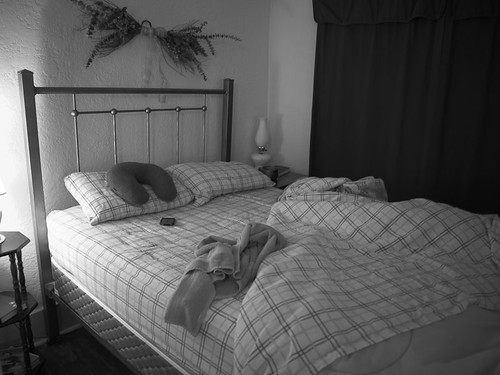
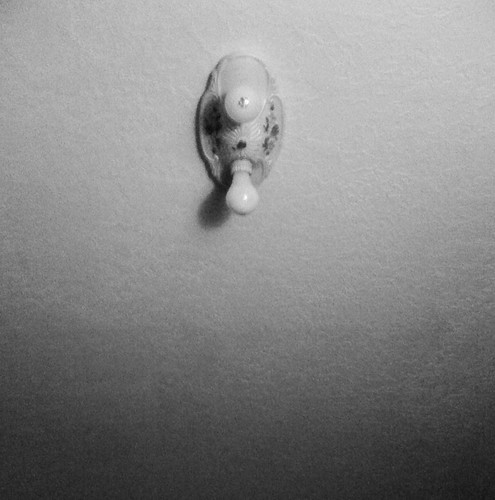
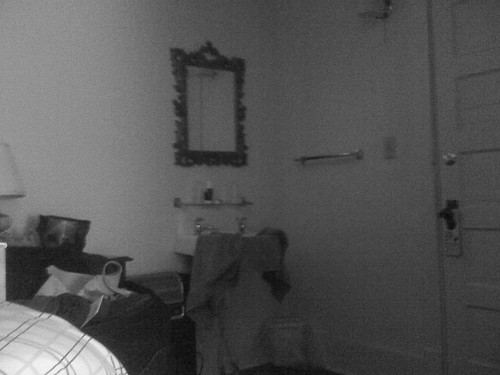

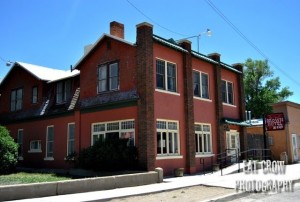

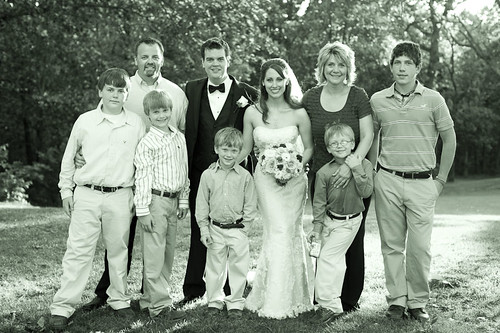
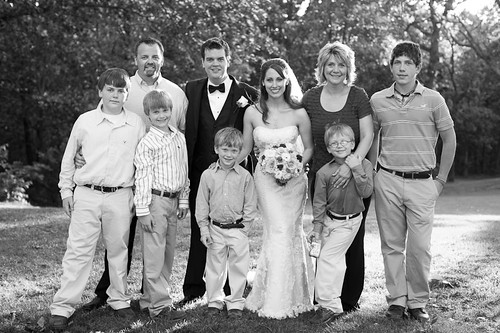
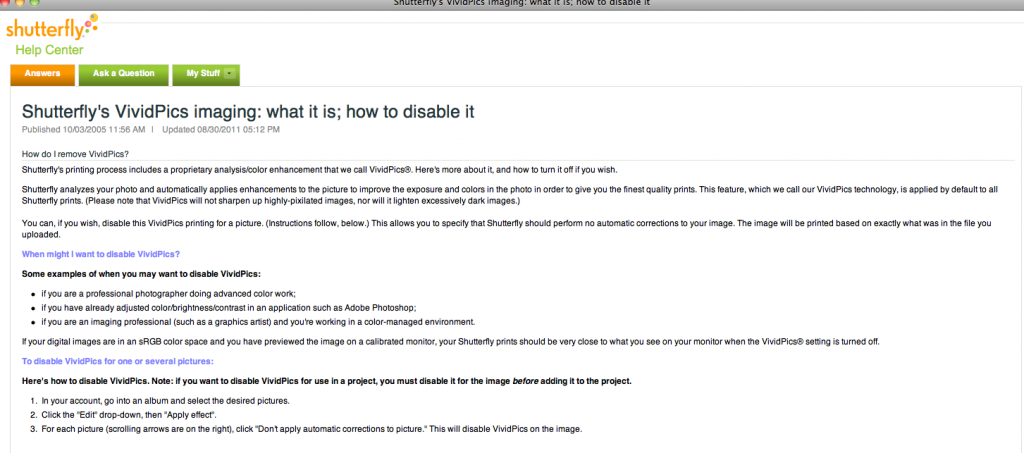
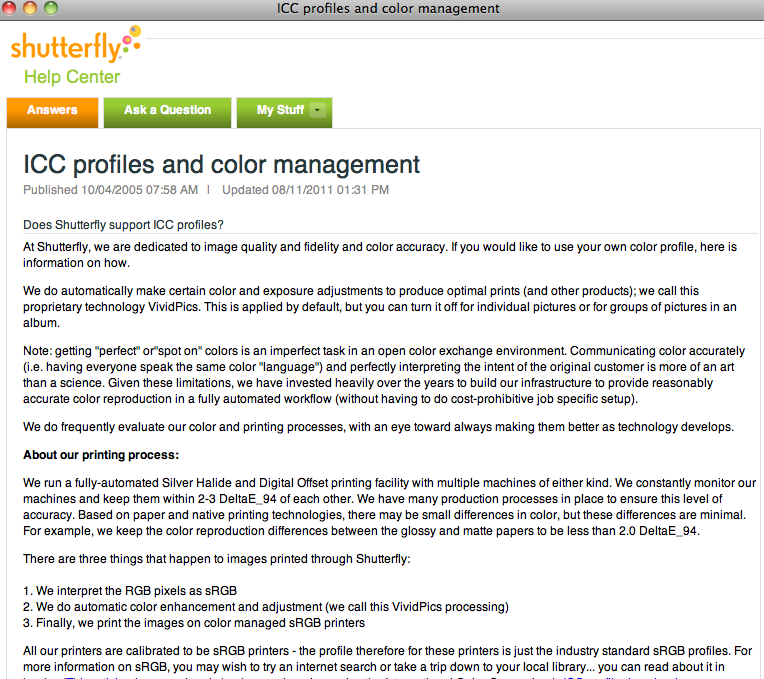
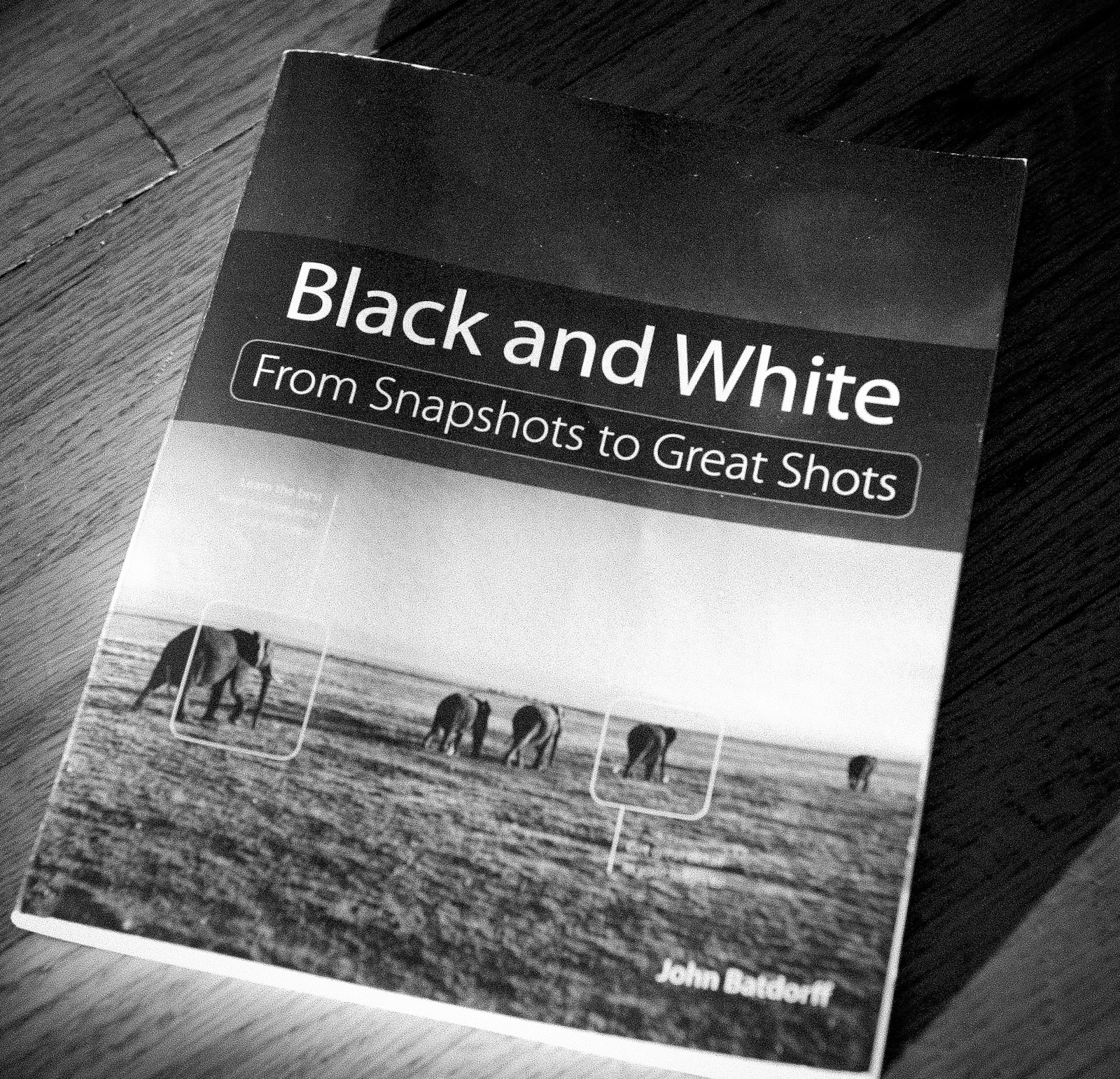
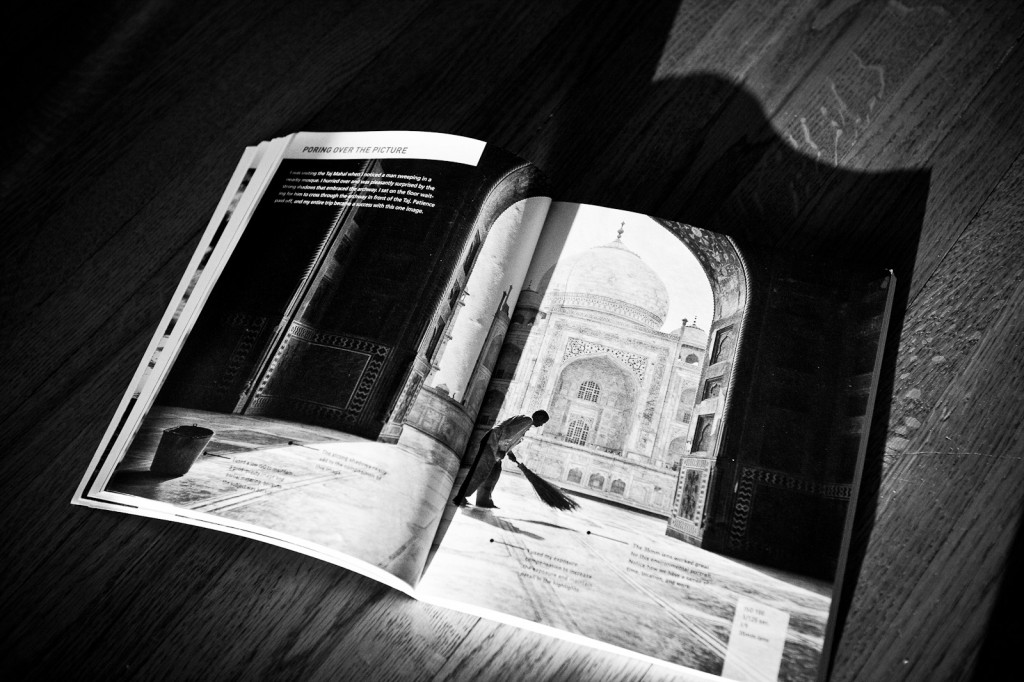
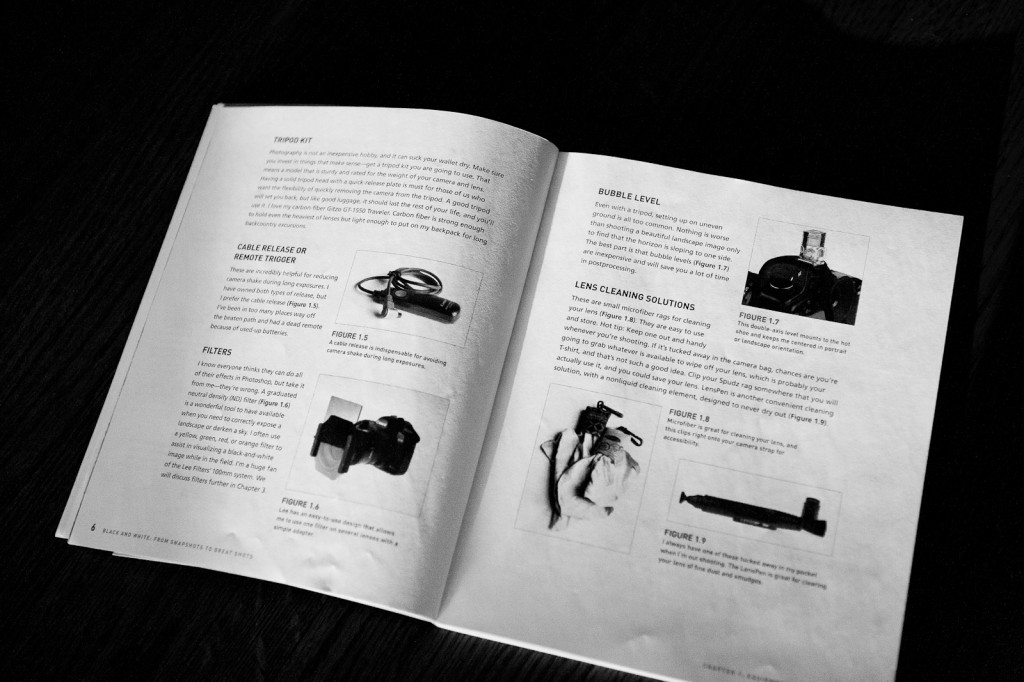
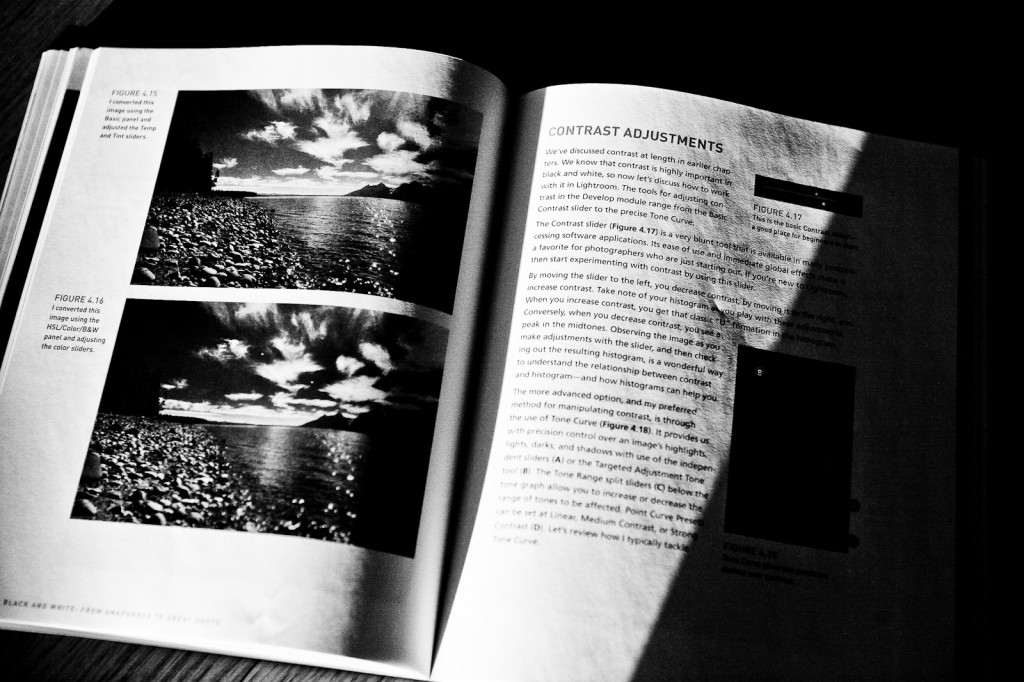
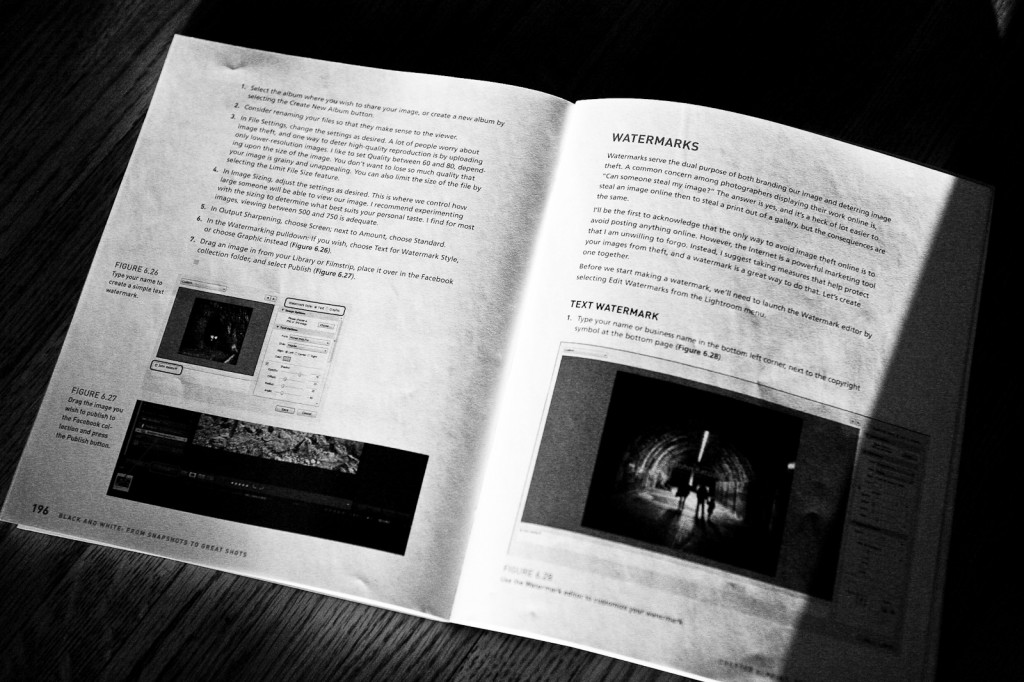
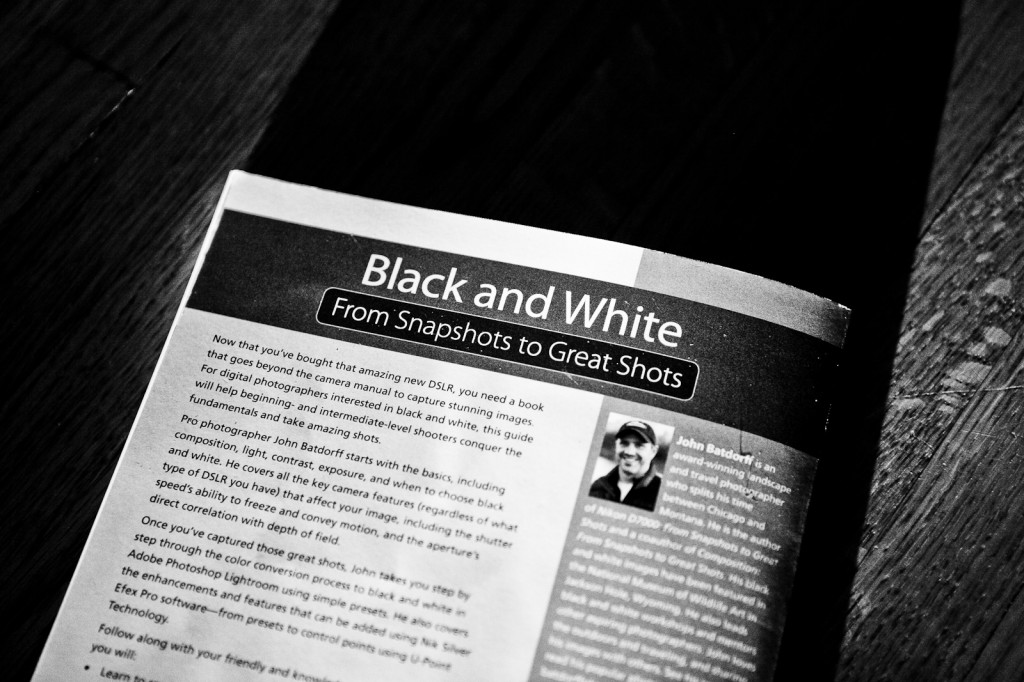
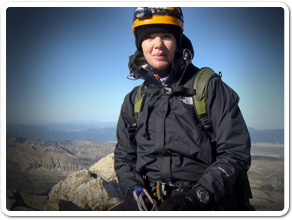
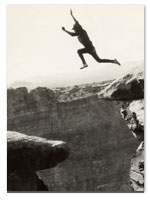 About SRT... I’m a traveler, writer and photographer for whom the open road frequently summons. Adventurous solo road trips are a staple for me, and a curiosity. So I created this website to share them and inspire you to step out and give them a try. Welcome!
About SRT... I’m a traveler, writer and photographer for whom the open road frequently summons. Adventurous solo road trips are a staple for me, and a curiosity. So I created this website to share them and inspire you to step out and give them a try. Welcome! 
